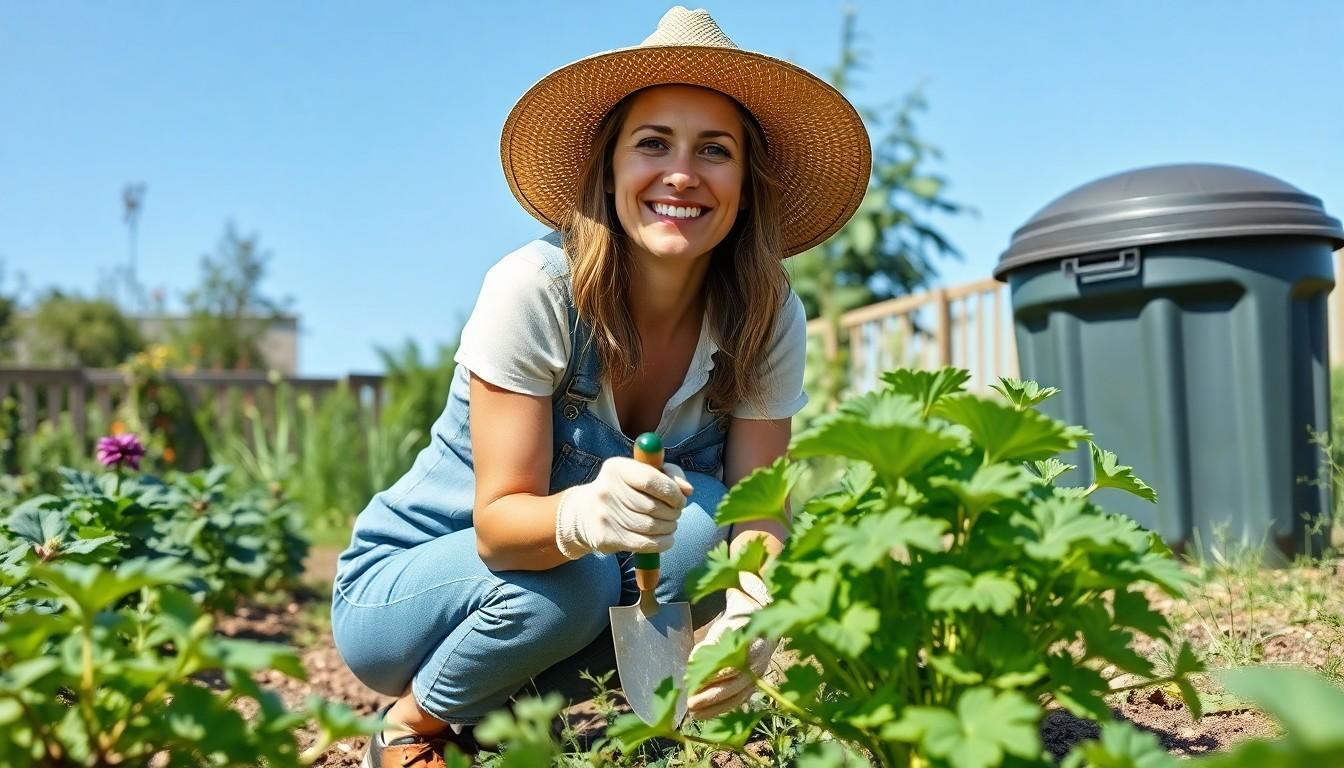Imagine a life where your morning coffee doesn’t come with a side of guilt. Self-sustainable living isn’t just a trendy buzzword; it’s a lifestyle that promises to make you the superhero of your own eco-friendly universe. By embracing this approach, you can reduce your carbon footprint, save some cash, and maybe even impress your neighbors with your impressive tomato-growing skills.
In a world where convenience often trumps sustainability, it’s time to flip the script. Picture yourself harnessing the power of the sun, recycling like a pro, and turning your backyard into a mini farm—all while keeping your sense of humor intact. Self-sustainable living isn’t about giving up the good life; it’s about enhancing it. So grab your gardening gloves and let’s dive into how you can cultivate a greener, happier existence.
Self Sustainable Living
Self-sustainable living represents a holistic lifestyle that emphasizes independence and environmental stewardship. This approach promotes practices that foster a balance between personal needs and the Earth’s resources.
Definition of Self Sustainable Living
Self-sustainable living revolves around meeting one’s needs without relying heavily on external resources. Individuals grow their own food, generate energy through renewable sources, and manage water resources effectively. This lifestyle encourages the use of local materials and minimizes waste, fostering a deep sense of connection to the environment.
Importance of Self Sustainable Living
Self-sustainable living plays a crucial role in combating climate change and preserving resources. By adopting sustainable practices, individuals significantly reduce their carbon footprints. This shift leads to cost savings, as relying on homegrown food and renewable energy reduces expenses. Embracing self-sustainability fosters community engagement, encouraging collaboration among neighbors in shared initiatives such as farmers’ markets or local clean-up efforts.
Key Principles of Self Sustainable Living

Self-sustainable living revolves around practices that reduce dependence on external resources. Efficiency in resource use remains at its core.
Reducing Waste
Reducing waste minimizes the environmental impact of daily activities. Individuals can compost organic materials to create nutrient-rich soil, which benefits gardens. Reusable bags, bottles, and containers replace single-use items, thus lowering plastic consumption. Upcycling offers creative solutions, transforming waste products into valuable items. Regularly assessing consumption habits helps identify areas for further reduction. By embracing a zero-waste mindset, people contribute significantly to environmental preservation and promote sustainable choices within their communities.
Renewable Energy Sources
Renewable energy sources play a critical role in self-sustainable living. Solar panels harness sunlight, providing clean energy and decreasing reliance on fossil fuels. Wind turbines generate electricity without emissions, capitalizing on natural wind patterns. Geothermal systems utilize heat from the Earth for heating and cooling, showcasing efficiency in energy use. Individuals can consider small-scale renewable solutions like solar water heaters or micro-hydropower systems. Fostering a diverse energy portfolio enhances resilience and promotes a sustainable lifestyle that lessens ecological footprints.
Practical Tips for Self Sustainable Living
Adopting self-sustainable living practices enhances individual well-being while promoting environmental stewardship. Implementing simple techniques can significantly impact daily life.
Growing Your Own Food
Growing your own food fosters independence and saves money. Start with easy-to-grow vegetables like tomatoes, lettuce, and peppers. Raised beds or container gardens provide flexibility for space limitations. Integrating companion planting encourages biodiversity and pest control. Additionally, utilizing heirloom seeds ensures a sustainable food source. Regularly harvesting fresh produce boosts nutrition and reduces dependency on grocery stores.
Water Conservation Techniques
Implementing water conservation techniques reduces wastage, benefiting the environment and wallets. Collecting rainwater in barrels provides a natural resource for gardening and landscaping. Adopting drip irrigation systems minimizes evaporation, delivering precise water to plant roots. Regularly checking for leaks in plumbing systems helps maintain efficiency. Integrating drought-resistant plants can further reduce water needs in landscaping. These methods collectively foster responsible water usage and contribute to a sustainable lifestyle.
Challenges of Self Sustainable Living
Self-sustainable living presents several challenges that individuals must navigate. Understanding these obstacles enhances the ability to build a sustainable lifestyle.
Initial Investment
Starting a self-sustainable lifestyle requires upfront financial investment. Participants often face costs associated with renewable energy installations, gardening supplies, and water management systems. Solar panels range from $15,000 to $25,000, while a small wind turbine can cost between $4,000 and $8,000. Many individuals hesitate due to these expenses. However, various incentives exist, including tax credits and rebates, that help lessen the burden. Over time, the initial investment leads to long-term savings, as reliance on external utilities decreases.
Time Commitment
Committing time toward self-sustainable practices can pose another significant challenge. Maintaining a garden, managing energy systems, and implementing water conservation techniques requires ongoing attention. Individuals often find that seasonal planting, harvesting, and system monitoring demands consistent effort. Research shows that people spend an average of 10 to 15 hours per week on gardening tasks during peak seasons. Additionally, learning about sustainable techniques and troubleshooting issues can add extra hours to the learning curve. Balancing these commitments with daily responsibilities can prove difficult for many, yet participating in community initiatives can help share the workload and provide support.
Engaging with Local Communities
Embracing self-sustainable living offers a pathway to a more fulfilling and environmentally friendly lifestyle. By adopting practices that reduce waste and promote renewable energy, individuals can significantly lower their carbon footprint while enhancing their quality of life.
The journey may come with challenges and initial investments, but the long-term benefits far outweigh the hurdles. Engaging with local communities fosters collaboration and support, making the transition smoother and more enjoyable.
Ultimately, self-sustainable living not only nurtures personal well-being but also contributes to a healthier planet for future generations. It’s a rewarding commitment that cultivates resilience and a deeper connection to the environment.

